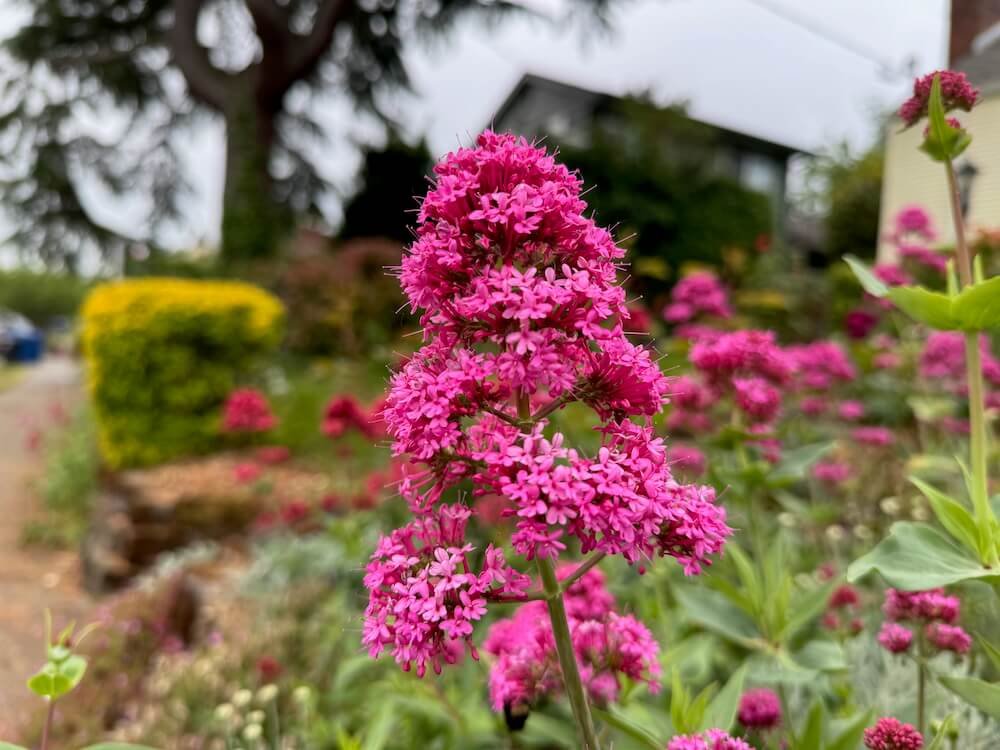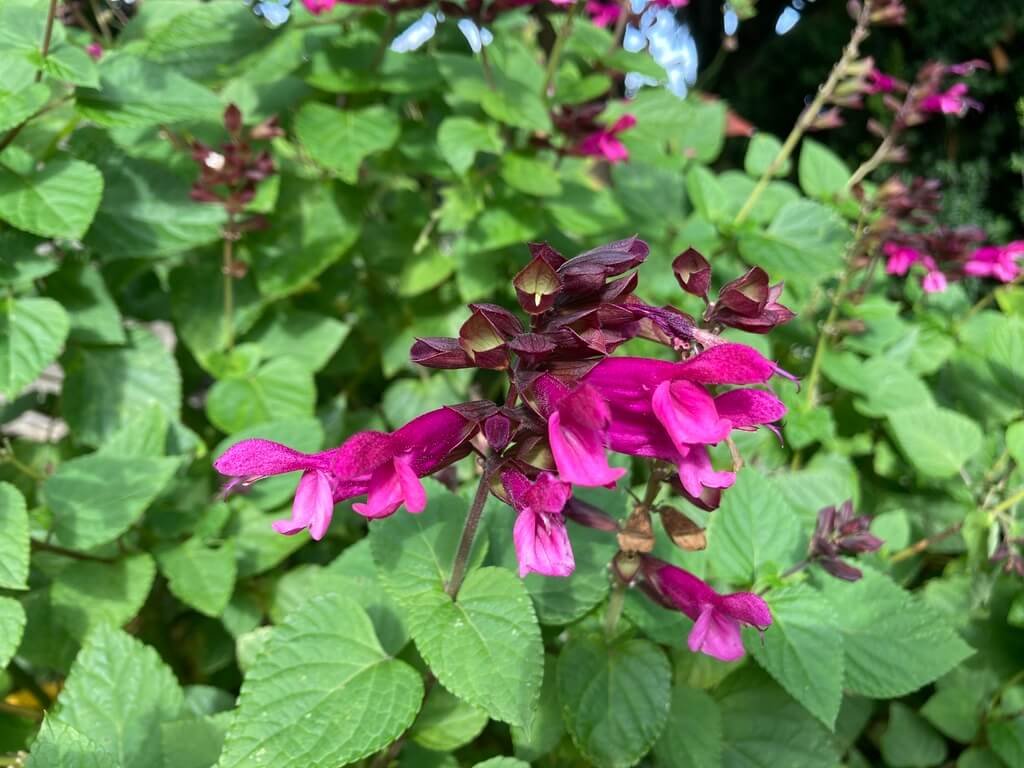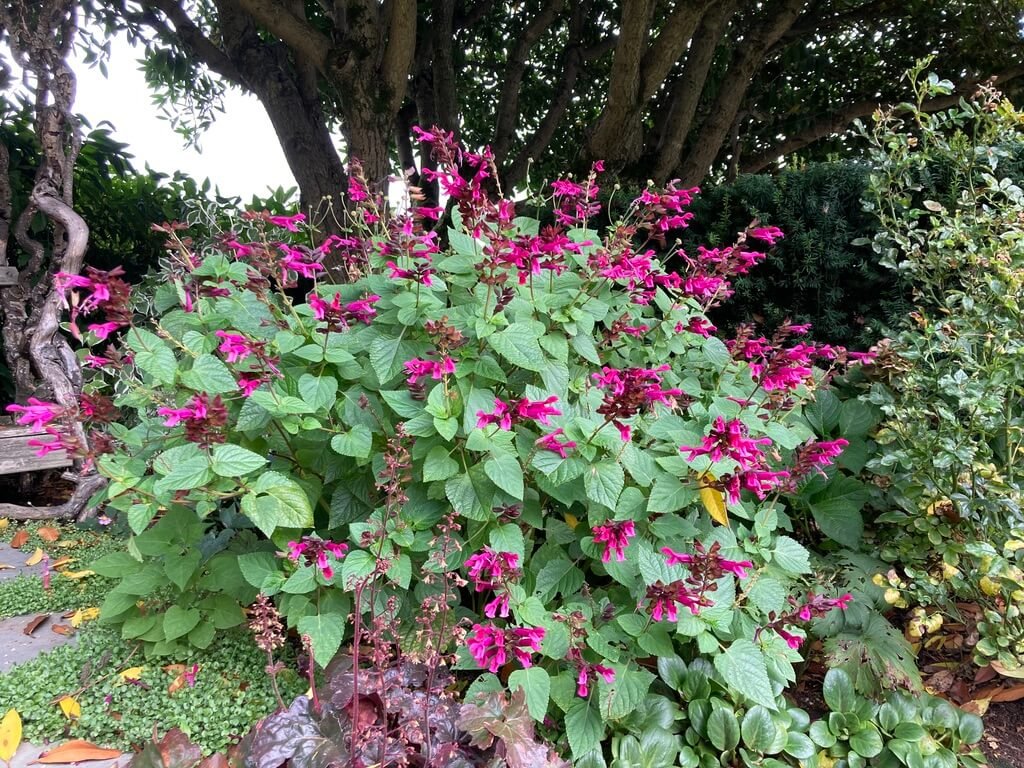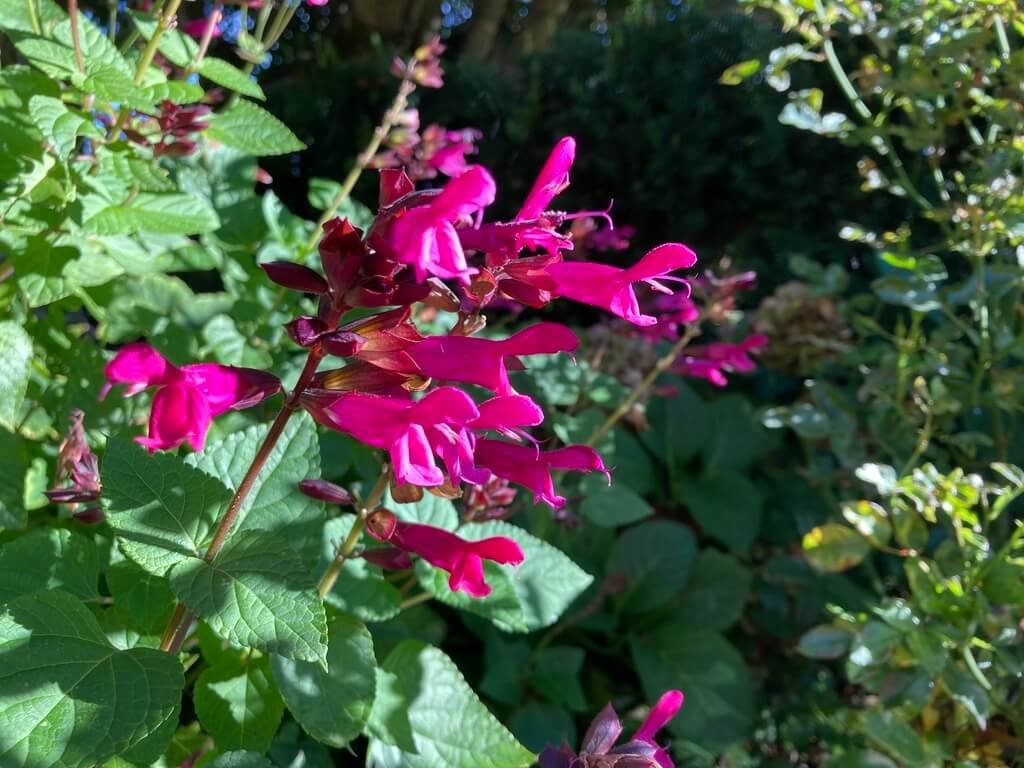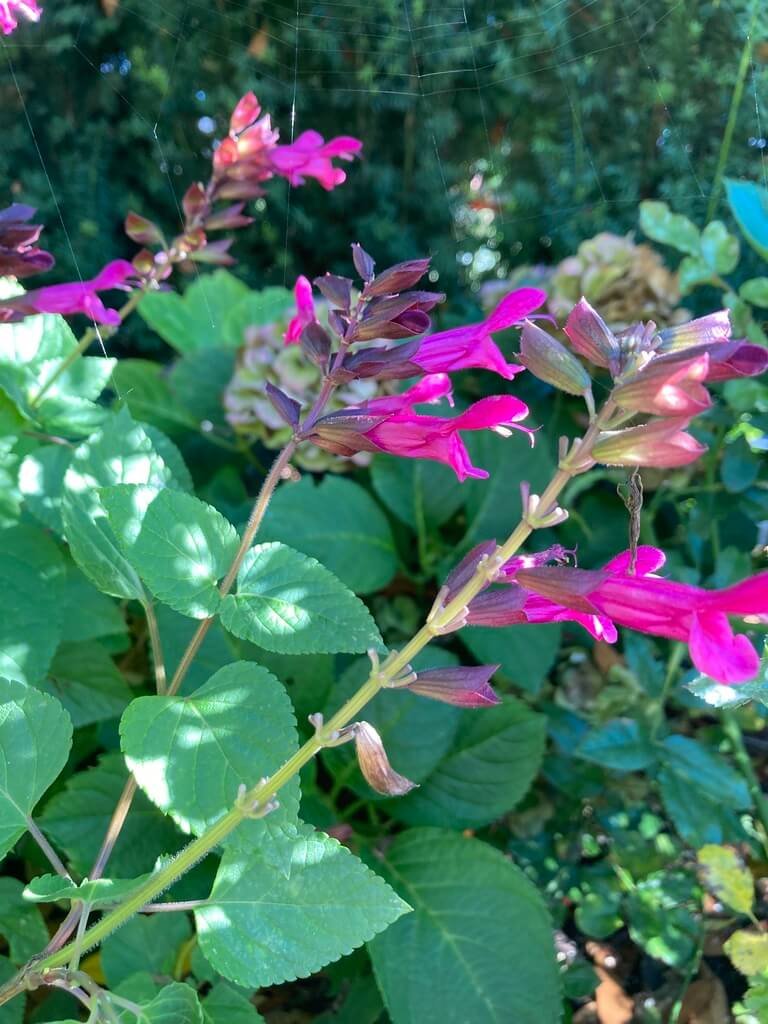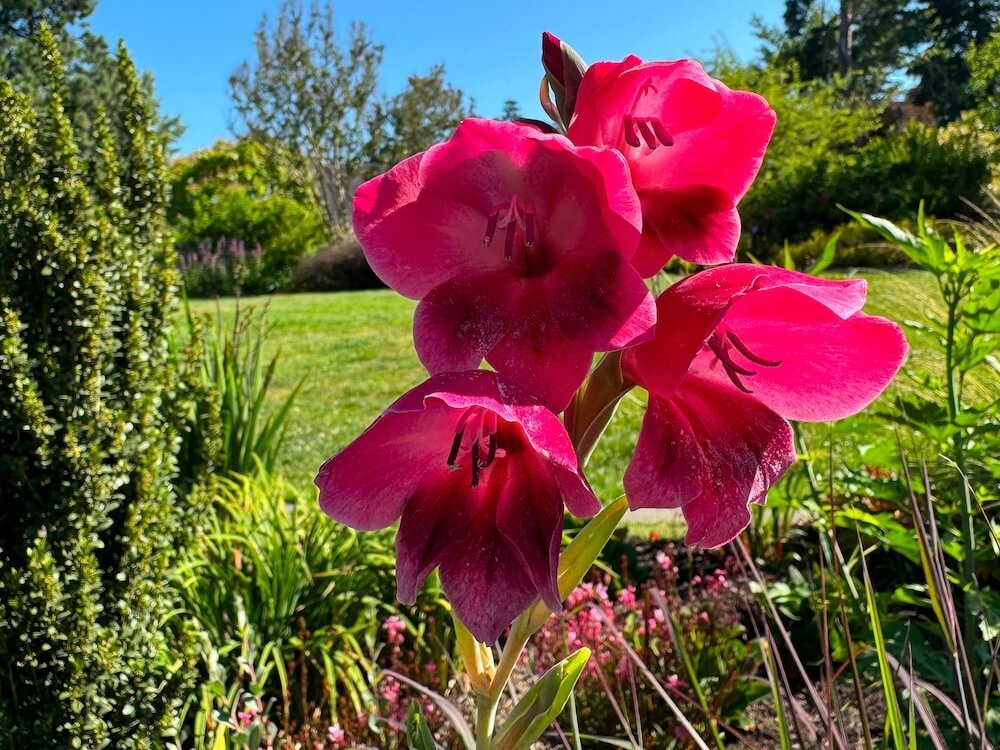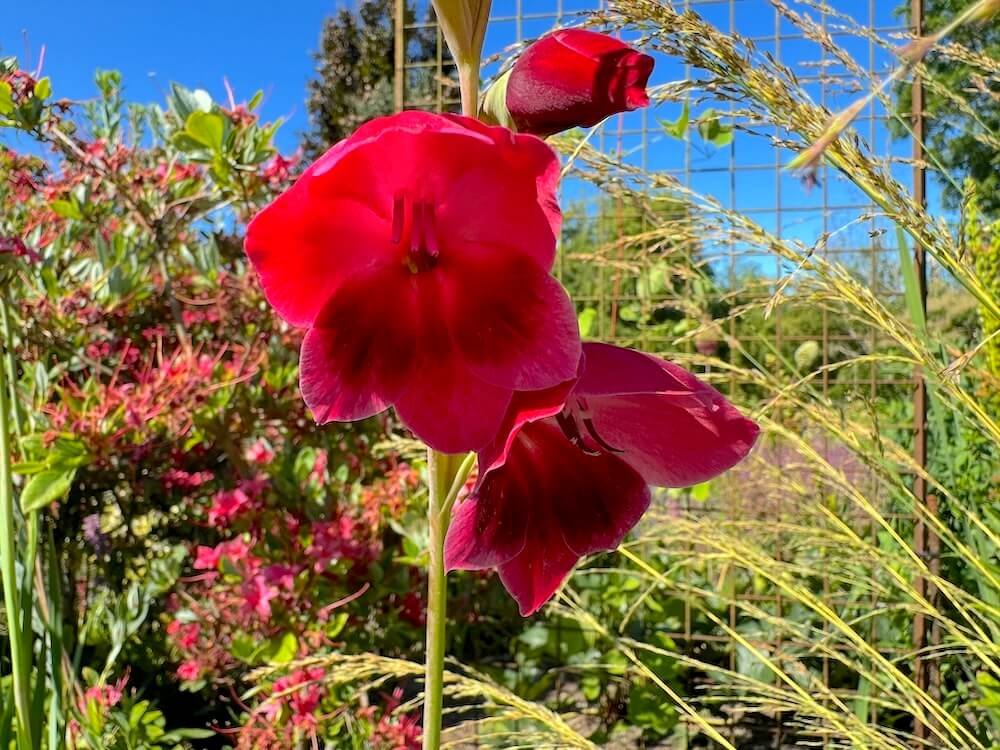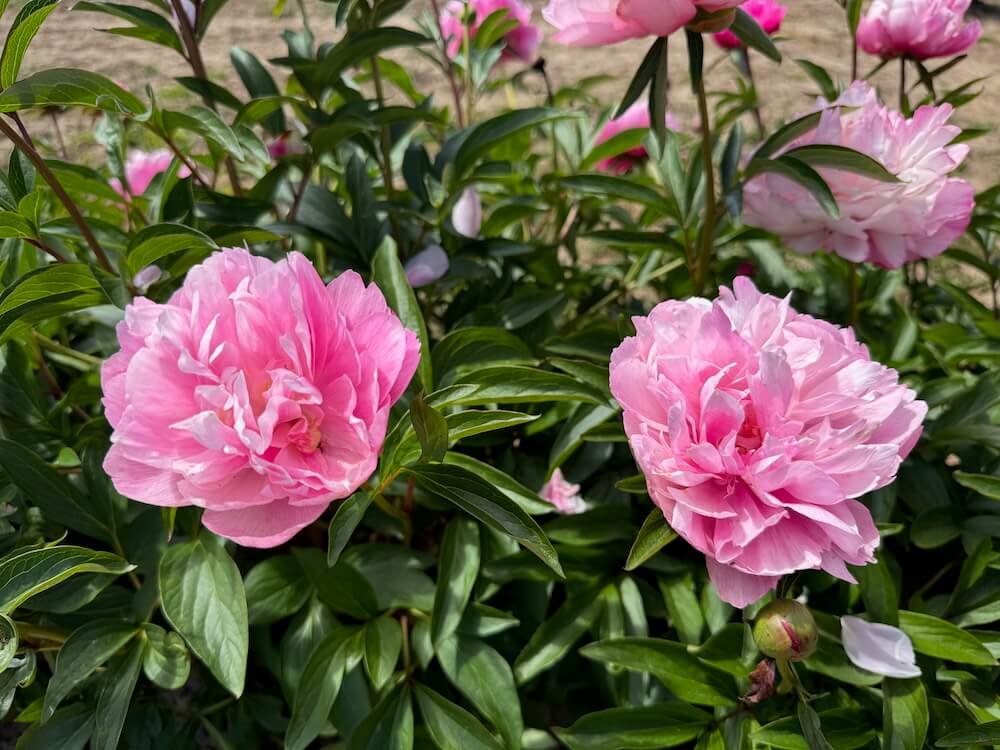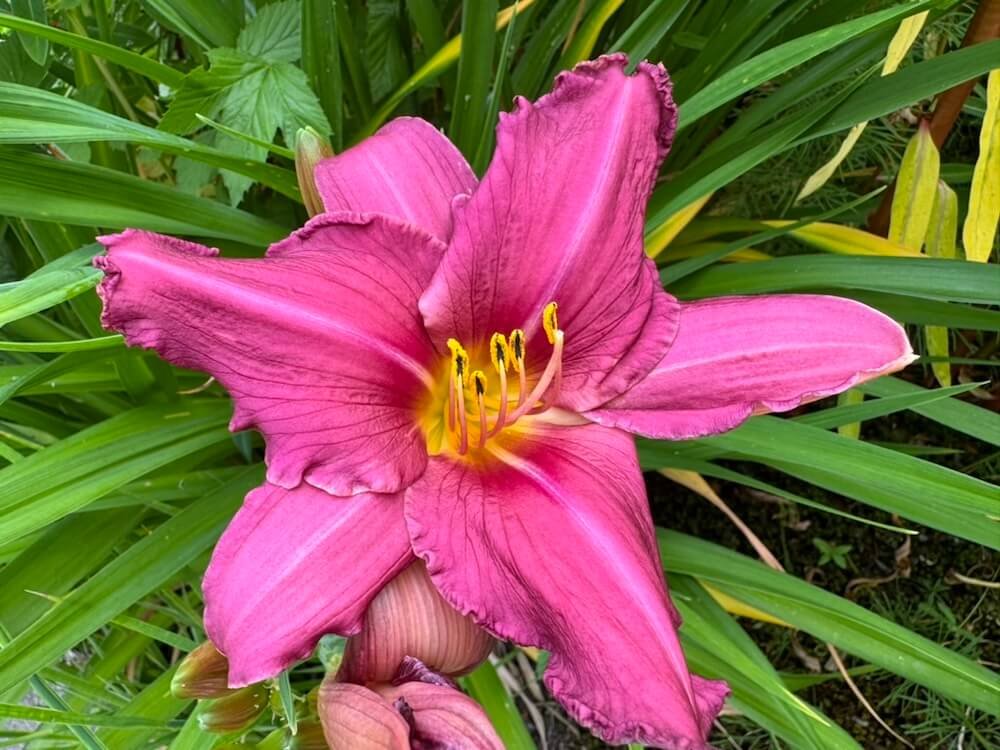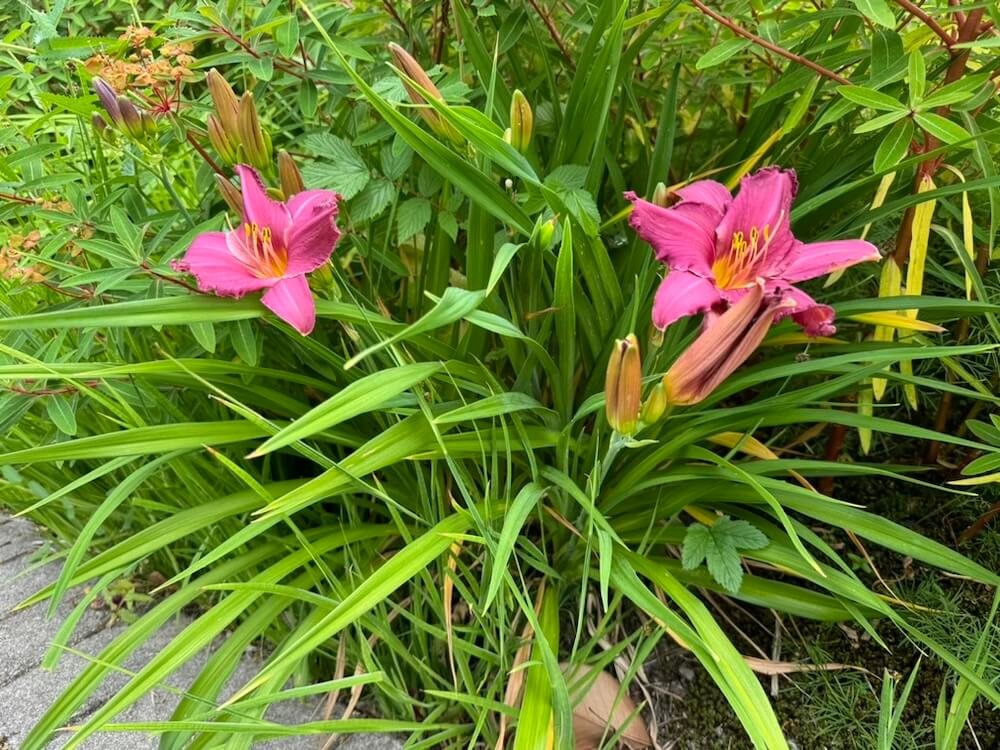DESCRIPTION
Centranthus ruber, commonly known as Red Valerian, is a perennial plant native to the Mediterranean region. It showcases dense clusters of small, star-shaped flowers in shades of red, pink, or white, blooming profusely from late spring through fall. The plant's gray-green, lance-shaped leaves provide an attractive backdrop to its vibrant blossoms.
A notable characteristic of Centranthus ruber is its adaptability to various garden settings, including rocky soils and coastal areas. Its extended blooming period and ability to attract butterflies make it a valuable addition to pollinator-friendly gardens. Unlike some other cultivars, this species is known for its resilience and tendency to naturalize, often self-seeding in favorable conditions.
DESCRIPTION
Centranthus ruber, commonly known as Red Valerian, is a perennial plant native to the Mediterranean region. It showcases dense clusters of small, star-shaped flowers in shades of red, pink, or white, blooming profusely from late spring through fall. The plant's gray-green, lance-shaped leaves provide an attractive backdrop to its vibrant blossoms.
A notable characteristic of Centranthus ruber is its adaptability to various garden settings, including rocky soils and coastal areas. Its extended blooming period and ability to attract butterflies make it a valuable addition to pollinator-friendly gardens. Unlike some other cultivars, this species is known for its resilience and tendency to naturalize, often self-seeding in favorable conditions.






